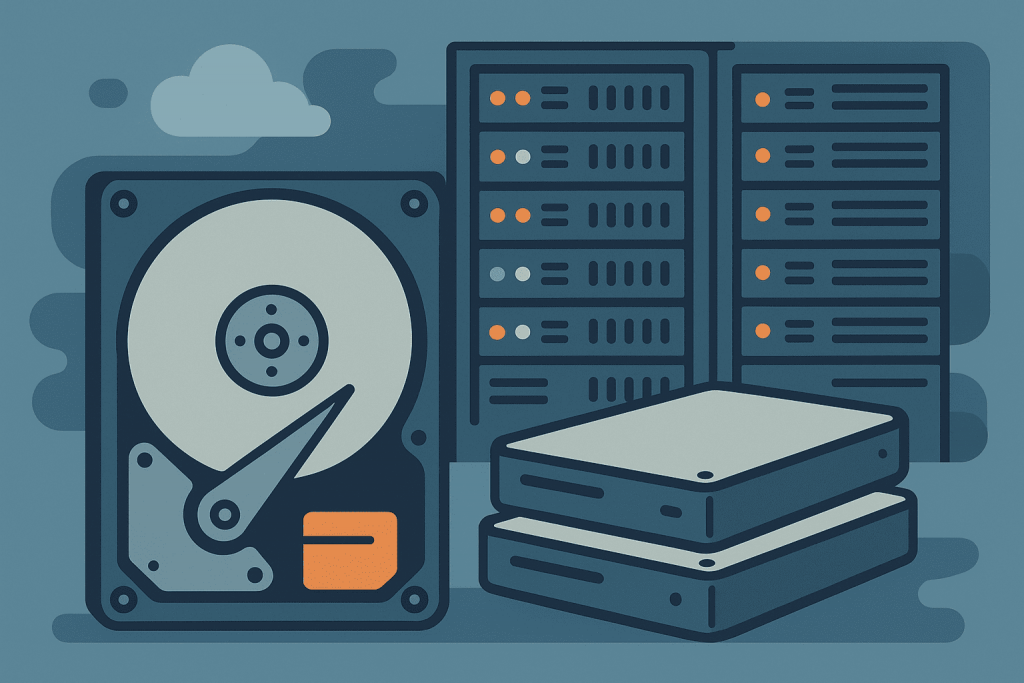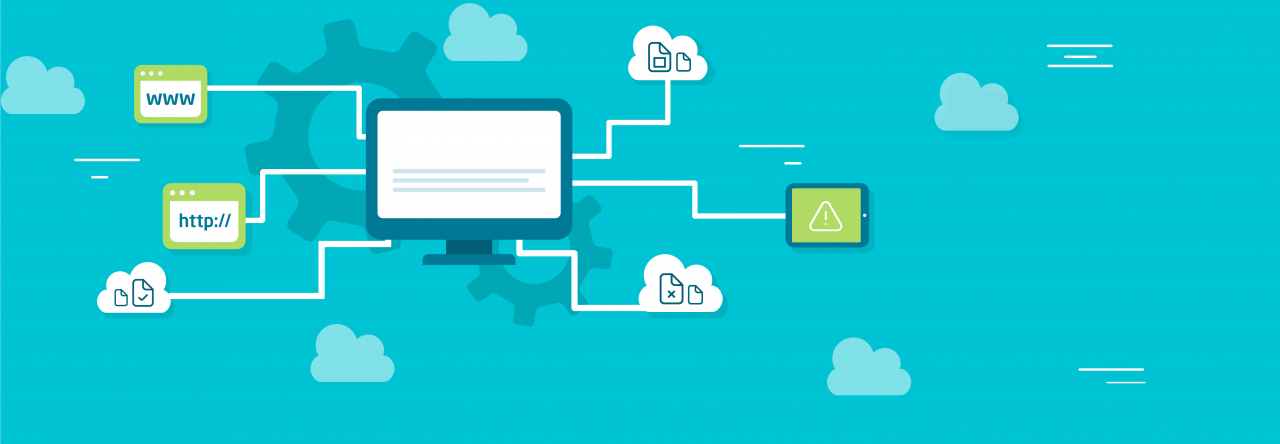
In a world where SSDs and NVMe drives symbolize speed, traditional hard drives may seem outdated. But that’s far from the truth. In server systems, HDDs continue to play an essential role — for reasons that go well beyond price. To understand why data centers and enterprises around the world still rely on HDDs, it’s worth examining the balance between speed, reliability, capacity, and cost.
Cost Efficiency for Massive Data Volumes
The primary advantage of HDDs is their cost-to-capacity ratio. Modern drives can store tens of terabytes at a fraction of the cost of SSDs. When dealing with petabytes of data — as in enterprise environments or data centers — that price difference becomes critical. For archives, backups, and media storage, HDDs allow vast data retention with minimal expenses. In these cases, performance is secondary to reliability and long-term availability.
Reliability and Stability Under Continuous Load
Contrary to popular belief, modern HDDs are highly reliable. Enterprise-grade models are designed for 24/7 operation in demanding conditions. They include vibration sensors, enhanced cooling, and firmware optimized for RAID arrays, ensuring long-lasting stability. Unlike SSDs, they don’t suffer from limited write cycles. That makes them ideal for workloads where data changes infrequently but must remain accessible for years.
High Capacity and Easy Scalability
Another major strength of HDDs is capacity. Magnetic storage technology allows for exceptionally dense data recording. Current drives reach 24–30 TB, and upcoming HAMR (Heat-Assisted Magnetic Recording) drives promise even higher densities. For data centers, this means fewer drives per rack, reduced power usage, and simpler cooling systems.
HDDs in Hybrid Architectures
Modern server infrastructures often combine SSDs and HDDs to leverage the strengths of both. SSDs handle caching, databases, and high-speed operations, while HDDs serve as long-term storage for large files or backups. This hybrid approach balances cost and performance — a strategy widely adopted by hosting providers, streaming platforms, and cloud services.
Longevity and Ease of Maintenance
HDDs are straightforward to replace, monitor, and maintain. System administrators are familiar with their behavior, and manufacturers provide advanced health tools like SMART diagnostics and error logs. This predictability helps prevent data loss and plan maintenance efficiently. HDDs also don’t require complex drivers or controllers, making them easy to integrate into any server infrastructure.
Power Efficiency Is Improving
While SSDs consume less power, modern HDDs are far from inefficient. They now include energy-saving modes, variable RPM control, and sleep states when idle. Combined with load management systems, this significantly reduces power costs — even in large-scale deployments.
The Future of HDDs: Focus on Capacity, Not Speed
The HDD market isn’t disappearing — it’s evolving. Manufacturers are investing in technologies like MAMR and HAMR to push capacity limits further. HDDs are shifting toward use cases such as backups, archives, and big data analytics, where longevity and storage density matter more than speed. As long as SSDs remain more expensive and less durable for continuous writing, HDDs will keep their place in data centers.
Conclusion
HDDs are no longer just storage devices — they’re the backbone of global data infrastructure. Their reliability, scalability, and cost efficiency make them indispensable for environments where stability and volume outweigh raw performance. Even as the world embraces faster technologies, traditional hard drives will continue to spin quietly inside the world’s server racks for years to come.

Leave a Reply